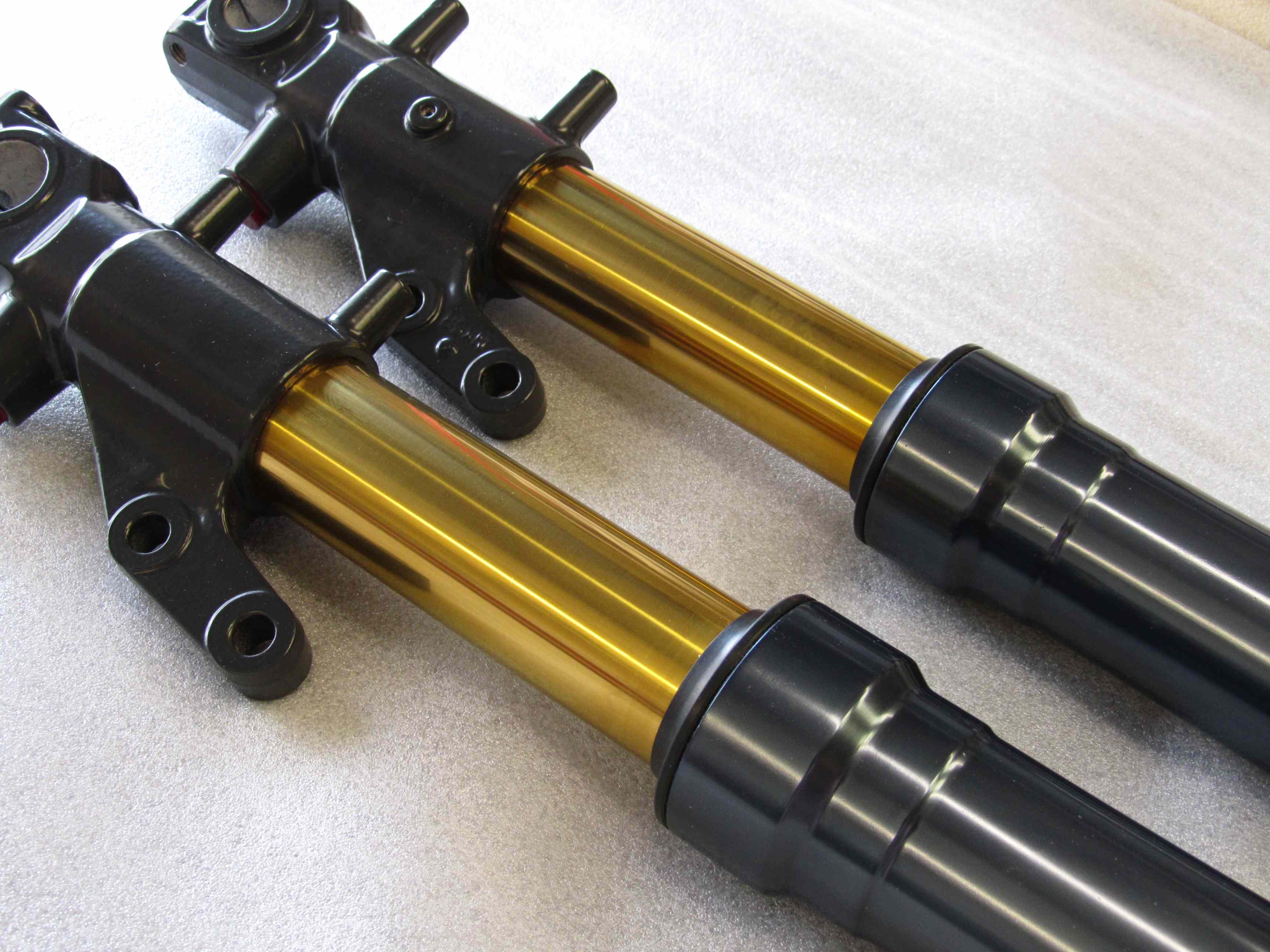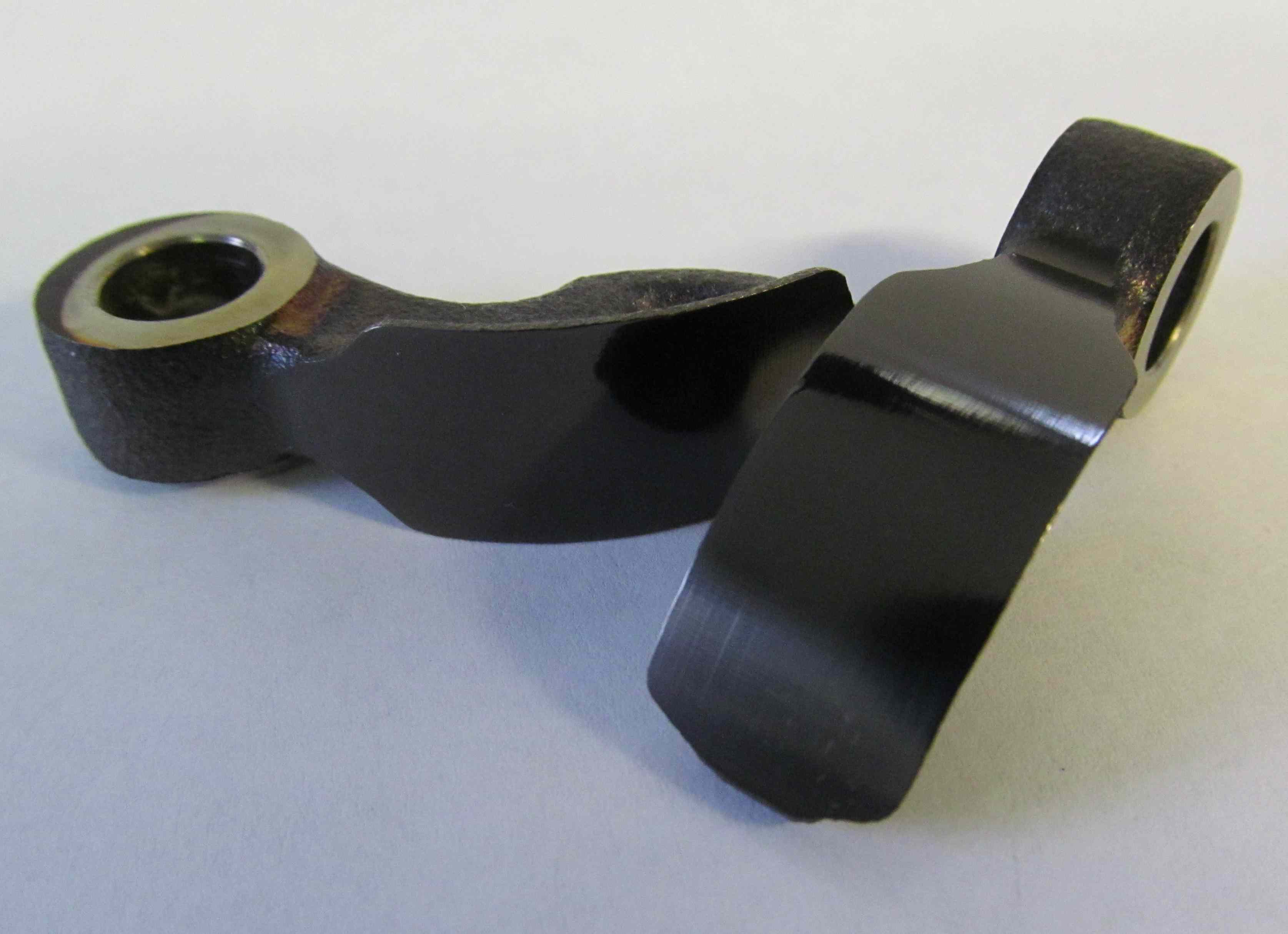PVD coatings
PVD coatings are used very widely, and cover everything from the metallic coating on the inside of crisp packets to the hard engineering coatings such as titanium nitride (TiN) that we are more familiar with. However, we are most interested in the hard-wearing, low-friction coatings that have brought us a number of significant benefits in recent years. If we work in a manufacturing environment, it is quite likely that our first exposure to such coatings would be coated cutting tools. Before the race engine suppliers became aware of the benefits of PVD coatings, manufacturing companies had realised that using the more expensive coated tools rather than the plain tool steel versions actually saved time and money.
After a relatively short period of time, a range of PVD coatings have passed from the race engine sector through to the mainstream production passenger car market. PVD-coated engine components are not the preserve of high-tech niche sportscar makers; the large automotive players see the advantages in terms of reduced friction and wear to benefit both the fuel economy and reliability of their cars.
Titanium nitride is probably the first of this family of coatings that we would have noticed. Pre-dating other well-known coatings such as DLC, TiN was widely used as a cutting tool coating. Its relatively low friction and wear resistance also made it a firm favourite for high-performance suspension, especially on racing motorcycles. In terms of engine components, it was applied to some titanium racing rods, with Yamaha’s OW-01 benefiting from it in the late 1980s. It has also found widespread use on titanium valves. Chromium nitride (CrN) is another commonly used coating, again finding use on con rod thrust faces and titanium valves. PVD coatings are also widely used on piston rings to reduce friction and wear.
DLC is a widely used term, but this is not a single coating; it is used to describe a wide range of carbon-rich coatings that often have a high metallic or ceramic content. More than any other type, the DLC ‘family’ of coatings has been used to great effect to reduce friction, and improve the performance and reliability of components. It has allowed already aggressively engineered valvetrains to be run to even higher levels of stress with remarkable reliability, and has been used everywhere from piston pins, piston rings, piston pins, cams, cranks and especially cam followers.
PVD coatings are not however a ‘silver bullet’ that will solve all of our engineering woes and bring improved performance. If they are badly planned – and if we don’t take the process parameters, requirements and the coating properties into consideration – we can easily do more harm than good. For instance, if we are aiming to coat materials that lose mechanical strength at temperatures lower than the PVD process temperature, then many of those coatings will not be suitable, as they will soften the material. Trying to coat materials which are too soft and which are loaded in contact, or coating parts which lack stiffness, can lead to damage and delamination of the coating.
The danger of selecting the wrong coating can be mitigated though by talking to the coatings experts, who might recommend a different coating or a ‘functionally graded’ coating – a term used to describe a multi-layer coating, engineered to provide good adhesion and support for the thin layer of coating which forms the actual working surface. Coatings suppliers will also counsel you in the correct surface finish prior to coating, which is a key element in the successful use of PVD-coated components. This is an important consideration given that PVD coatings are very thin and so will tend to reproduce the surface finish of the substrate.

Fig. 1 - Motorcycle fork tubes are commonly coated with titanium nitride (TiN). More than 20 years after its introduction, it remains a popular coating

Fig. 2 - Cam followers have been a real PVD success story; widely used in racing, followers coated with low-friction coatings are now found in a range of roadcars
Written by Wayne Ward